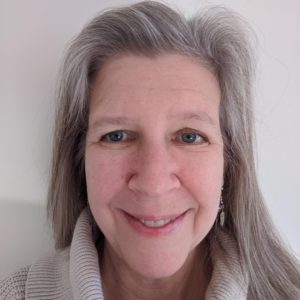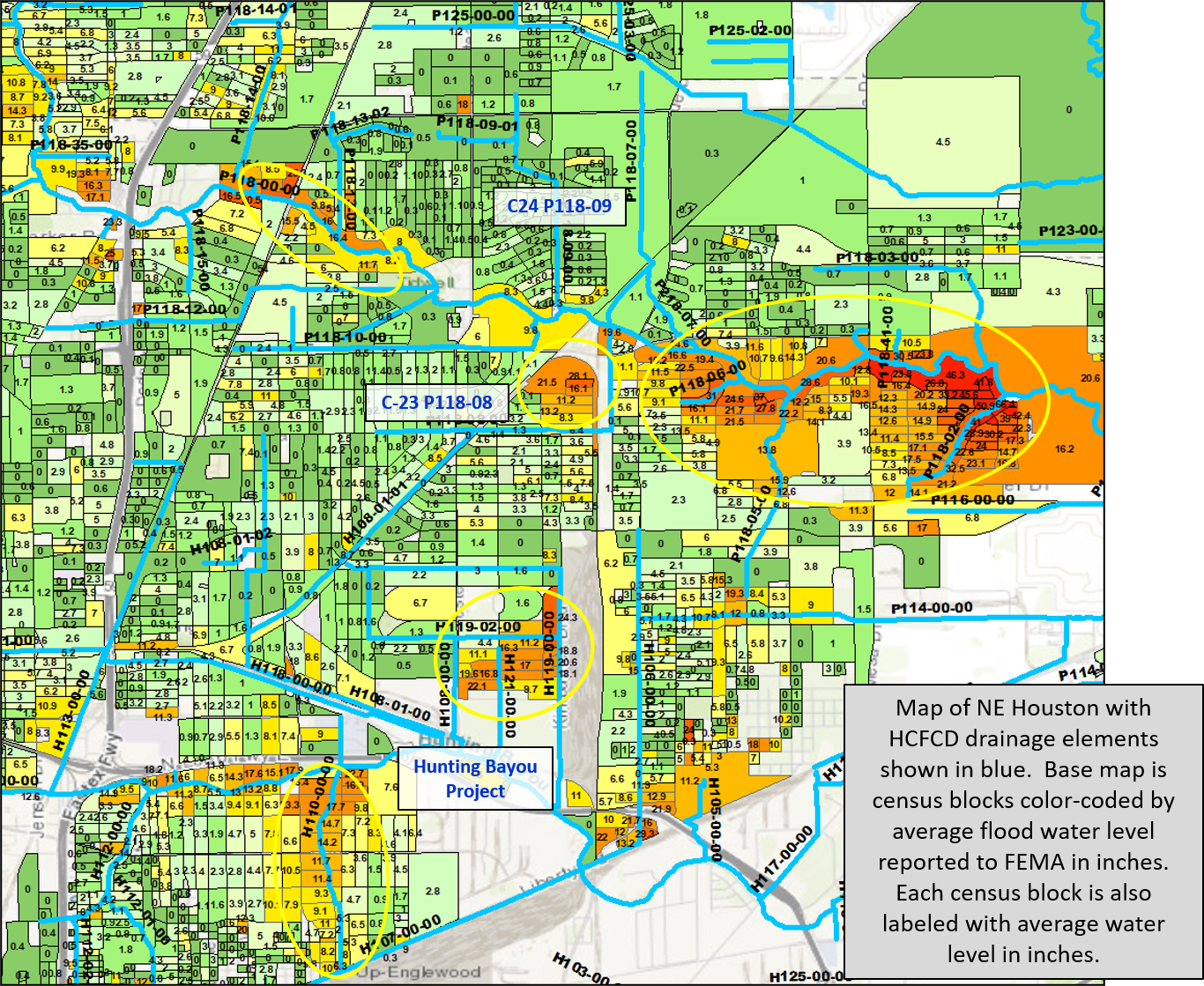by Edith Newton Wilson, PhD, FGS
 Are you a scientist who misses being out in the field? Do you want to recapture that feeling of being involved with something that matters? Is Zoom becoming a chore instead of a window to the world? Perhaps it’s time to move outside of day-to-day work tasks and fill the time you used to spend at concerts and parties, or traveling and meeting, in a different way. Maybe you are even thinking about changing your career from serving an industry to serving others but need to try it out for a bit first. There are many opportunities to volunteer as a geoscientist, from SEG’s Geoscientists Without Borders, to working with your local K-12 teachers or scouting troops, or even pitching in with FEMA after a natural disaster. Today I’d like to share my experience with something unique—engaging as a community scientist.
Are you a scientist who misses being out in the field? Do you want to recapture that feeling of being involved with something that matters? Is Zoom becoming a chore instead of a window to the world? Perhaps it’s time to move outside of day-to-day work tasks and fill the time you used to spend at concerts and parties, or traveling and meeting, in a different way. Maybe you are even thinking about changing your career from serving an industry to serving others but need to try it out for a bit first. There are many opportunities to volunteer as a geoscientist, from SEG’s Geoscientists Without Borders, to working with your local K-12 teachers or scouting troops, or even pitching in with FEMA after a natural disaster. Today I’d like to share my experience with something unique—engaging as a community scientist.
As one of the largest professional Earth science organizations in the world, the American Geophysical Union (AGU) has a broad reach—from the Earth’s core to ocean depths and into space. Its members are equally diverse and skilled in geology, engineering, climate science and much, much more. One of the programs of the AGU, Thriving Earth Exchange, is designed to bring together the scientists with all that talent and communities with problems to solve in the areas of natural resources, natural hazards, climate change, sustainability and health. As community scientists, we bring evidence-based arguments and a technical voice to the vision for change and design of solutions.
Thriving Earth Exchange projects teams are comprised of three groups—community leaders (members of the community who are engaged in the issue on the front line), community scientists (experienced scientists who work to ferret out facts, engage the community and build capacity beyond the project) and Community Science Fellows (project managers and advocates). I’ve had the pleasure of acting as both a community scientist and a Community Science Fellow.
In 2018, coastal Texas was still digging out from under the impact of Hurricane Harvey, the most significant tropical cyclone rainfall event in U.S. history since records started in the 1880s. More than 60 inches of rain fell in Nederland, Texas, and much of the city of Houston was blanketed by almost 40 inches of rain in total. Over half a million cars flooded, about 100 people died, and residents were flooded out of hundreds of thousands of homes. Residential flooding was most pronounced in West Houston, where engineers and geologists who worked in the Energy Corridor were quick to make maps, present data and apply for flood insurance claims; and Northeast Houston, where black and brown neighborhoods of single-family homes and apartments filed FEMA individual assistance cases.
Thriving Earth Exchange brought the Community Leaders from Northeast Houston together with a community scientist (me) who was able to share the language of the Harris County Flood Control District with members of neighborhood organizations and citizen action groups, and build some maps based on census data, FEMA claims, topography and flood infrastructure to successfully advocate for equitable distribution of flood relief funds. In the company of Constance Lau with the Texas Organizing Project, I knocked on doors, drove flooded streets, sat down with garden clubs, civic leaders and neighborhood associations, then retired to my Tulsa office to let the maps tell their story.

Now I’m embarking on a new adventure with six determined and visionary community leaders in Santa Rosa County, Florida. As the Community Science Fellow, it was my job to listen to the issues and help to define a project that marries volunteer scientific expertise and impact on the pressing issues in the county, where policy and code development have not kept pace with growth and development. The result has been loss of property and wetlands that protect watersheds, and a general degradation in quality of life.
Our team is now looking for a scientist or two to help us develop a mapping resource that documents contaminated sites, including landfills and underground fuel tanks, as well as natural and built elements of flood control infrastructure, including parks, wetlands and retention ponds. This will be used in support of community legal, political and policy remedies and ultimately will support the creation of a sustainable development plan for Santa Rosa County. Our community leaders are already at the forefront of change with deep ties both to their fellow citizens and within the county regulatory bodies. Now my job is to find scientific partners to help us collect the data and make the maps, and to provide a technical and credentialed voice in support of rational oversight of development. We’ll need some boots on the ground for at least part of the project, so we are hoping to find someone who calls the Florida Panhandle or a neighboring community home.
I hope you will consider joining me in moving from doing science to doing community science, whether on our project, another Thriving Earth Exchange opportunity or an effort in your home community. AGU’s Thriving Earth Exchange has over 100 projects in its portfolio, covering geography from the bayous of Texas to the horn of Africa, and each one needs Earth science skills, willing hands and a steady voice. These projects build capacity and sustainability, not only for the community, but in the hearts of all the team members involved. These projects matter.
